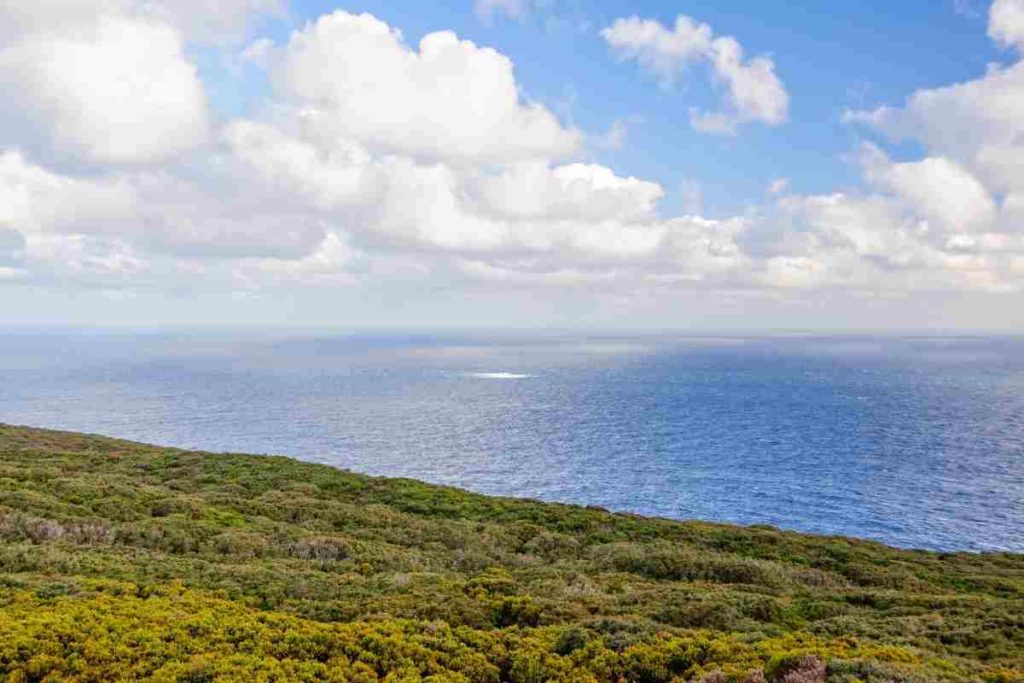Historically there have been four oceans. There are the Atlantic, Pacific, Indian, and Arctic. But now, The World Now Has a Fifth Ocean called the Southern Ocean.
The Southern Ocean will be official. It is a sea at the bottom of South America and Africa, in the southern hemisphere. The organization will make updates to its maps and resources. The Southern Ocean is the water that circles Antarctica. It begins where the coast of Antarctica ends, and it goes up to 60 degrees south.
This decision is not very surprising. An ocean is the part of the water that goes around countries. The United States named it “Southern Ocean” in 1999. But some people don’t know about this ocean, so they might not believe what the United States says.
The Southern Ocean used to be an internationally known body of water. In 1937, it was declared a body of water by the International Hydrographic Organization. But in 1953, the IHO took that decision back because there were disagreements over where to draw the boundaries of that ocean. The argument about the borders of the new sea has been going on. Countries have different opinions about this.
Related Article: Is Cracker Barrel Really Closing Forever?
But scientists have long research on the Southern Ocean. They think this ocean is different from other oceans and that it has its ecology and conservation concerns. The world’s largest marine protected area is in the Southern Ocean. It protects the water with lots of nutrients which helps krill, plankton, penguins, whales, and more live there.
What makes the Southern Ocean so different is in large part due to the Antarctic Circumpolar Current. Continents bound most oceans, but this one is encircled by Antarctica and borders three other oceans. Water from the Southern Ocean is not just like water from the different oceans. The ACC is a stream that is 34 million years old. It has colder and less salty water than the water just north of it. This makes the ACC a powerful driver of global water and heat circulation.
“National Geographic recognized this place, Tait said. “Now, more people and children will be able to learn about this place.” Seth Sykora-Bodie, a National Geographic Explorer, said: “The glaciers are bluer, the air colder and the mountains more intimidating.”

